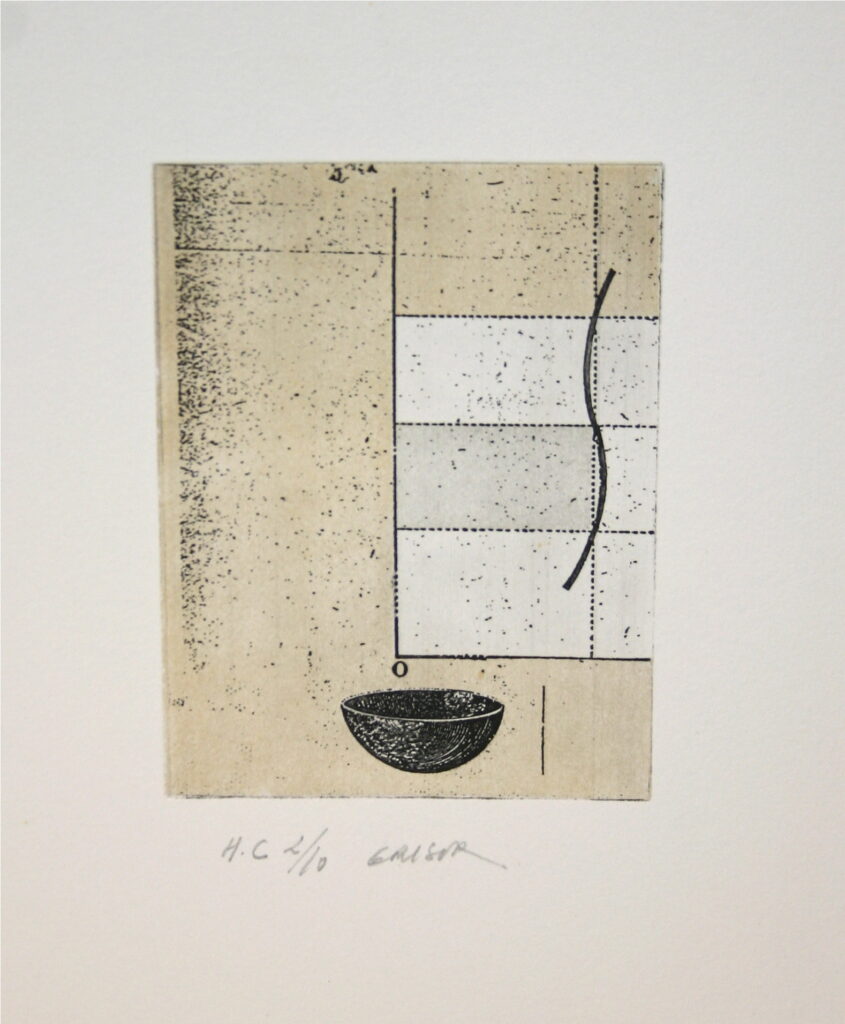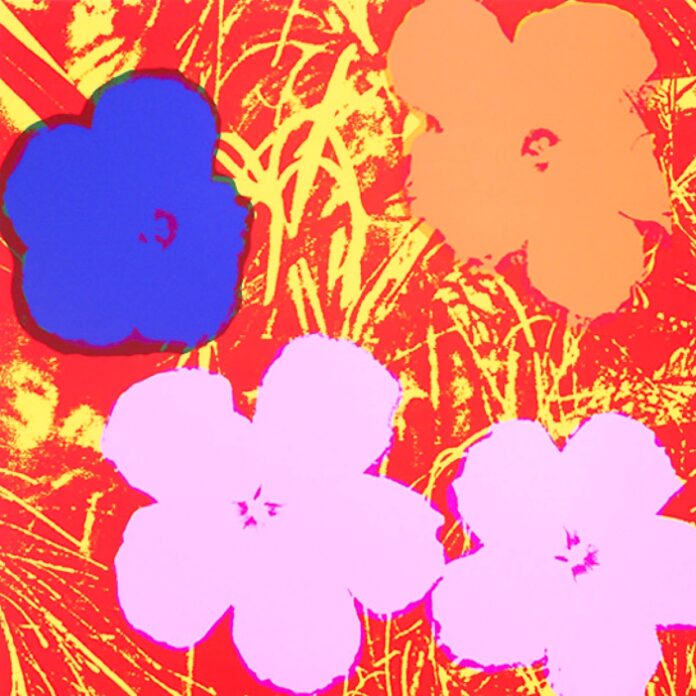An imprint is a term used to refer to an image made from an engraved or otherwise processed material, such as wood, stone, steel, or copper. The printmaking techniques offer the artist many possible results that can be obtained consistently. Basically, the type of printing is divided into three main categories depending on the technique:
- relief printing(or “taille d’épargne”);
- line engraving (“taille douce”);
- planographic printing.
Relief printing
In the embossed method or relief printing, the artist cuts off the desired line to make it embossed. Only the embossed part receives the ink and therefore only the embossed lines are visible in the final print. This method is the oldest known and most commonly used in woodcut engraving. There are two types of woodcarving.
The first way is engravings made on pieces of wood that have been previously carved into the wood. The second way is engravings on wooden blocks, cut against the fibers. This method allows more prints to be made than when engraving wood cut across the grain, as blocks cut against the grain are much stronger. This printing technique was widely used for printing and book illustration in the late 19th century.
Xylography is a technical term for woodcuts and often refers to woodcuts used in books.
Relief is also used on pieces of linoleum, which are then called linocuts. As with wood, the print line becomes embossed when you cut away the linoleum around it. Parère is then pressed against the painted surface of the linoleum to obtain the resulting lines.
Line engraving
Line engraving consists of cutting into the plate to obtain the line sought. Line engraving includes most of the printing techniques used for copper engraving: etching, drypoint, and chisel. By the way, copper is a very durable material, so it can be used to make a very large number of prints. That is why today it is used mainly for stamps and paper money.

The Burin technique mainly uses a kind of chisel to cut the plate. With the Dry Point method, points are pressed onto the plate, resulting in ridges around the line that give the line its typical soft appearance. When using the Etching method, the artist draws on the coated plate using a decoated tool on the plate where we want the lines to appear. The plate is then placed in an acid bath, which corrodes the lines not protected by the coating. The coating is then removed and when the plate is inked, the lines are imprinted on paper strongly pressed against the plate.
Planographic printing
Planographic methods do not involve engravings, as the term suggests. The press is carried out from a flat surface. There are two types of planographic printing:
- lithography;
- silkscreen.
Lithography method was invented at the beginning of the 19th century. The method consists in treating a material, such as stone, with various chemicals. First, a drawing is made. And non-color ink areas are treated with ink-resistant chemicals. Several stones are used to make lithographs in a variety of colors. The material can also be steel or even zinc. When zinc is used, the print is called a zincograph.
In Silkscreen method, a thin cloth is stretched onto a frame. Parts of the porous fabric are then blocked to prevent ink from getting onto the paper when printed. The image is created when the ink passes through the fabric. Usually it is silk. That is why this method got its name.

























